In the short days and icy temperatures of winter, finding the motivation to train can be a challenge. That’s why we’ve compiled some tips to help you stay active even in the dark and cold.


In the short days and icy temperatures of winter, finding the motivation to train can be a challenge. That’s why we’ve compiled some tips to help you stay active even in the dark and cold.
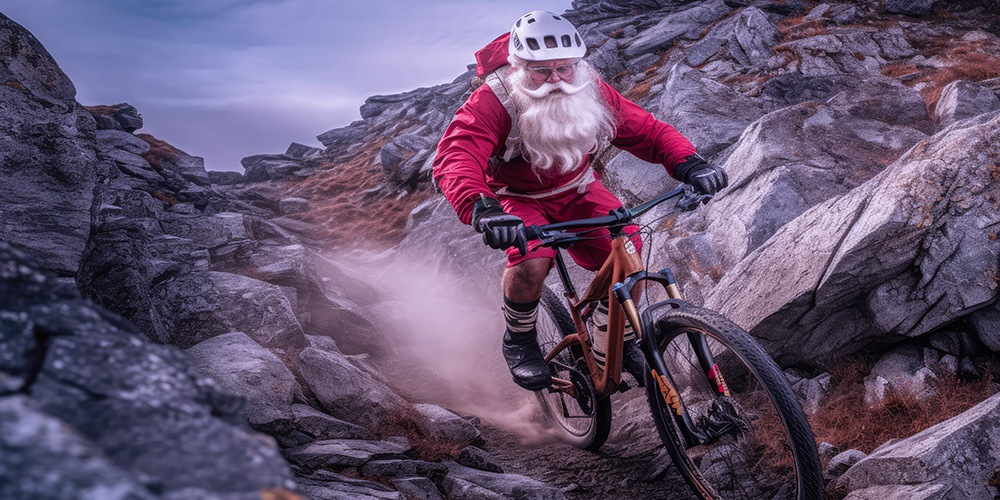
Whether for a birthday or Christmas, finding the perfect gift for a close friend or colleague passionate about running, cycling or swimming can be a real challenge. That’s why we thought to lend you a hand with some creative gift ideas that will surely make any endurance athlete’s heart beat faster.

With the arrival of November and December, many endurance athletes are about to take a much-needed and well-deserved rest after a busy season of training and racing. It is essential to allow the body to regenerate without, however, completely compromising the fitness gained in the previous months. We explore alternative training approaches in triathlon and cycling to maintain physical condition during the off-season.
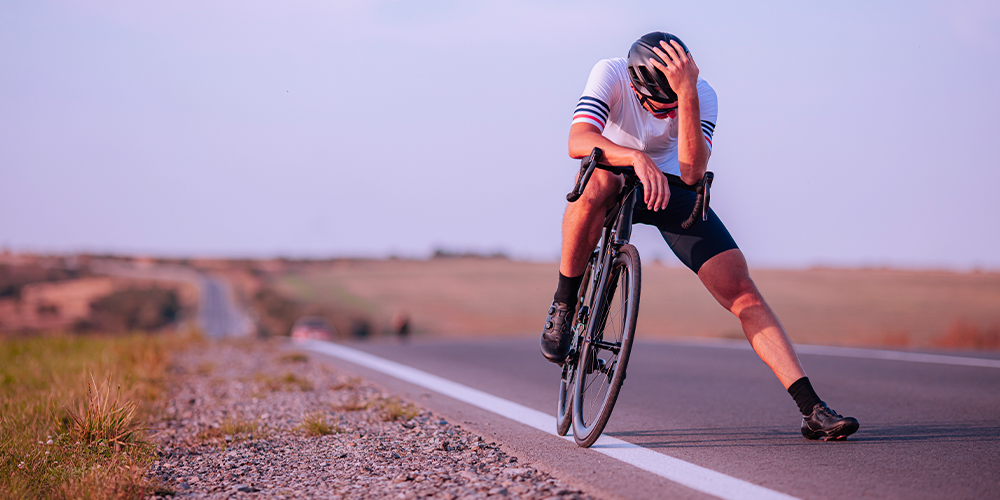
You train constantly, follow your training plan and maintain a healthy lifestyle, but suddenly you feel like you are no longer progressing in your running, cycling or triathlon training. This situation can be frustrating, but this is a natural phenomenon in the world of sports. All endurance athletes, from beginners to professionals, experience sooner or later a phase of stagnation in their training, also known as the ‘Plateau Effect’. Here are seven effective strategies to overcome this annoying stall in your performance.
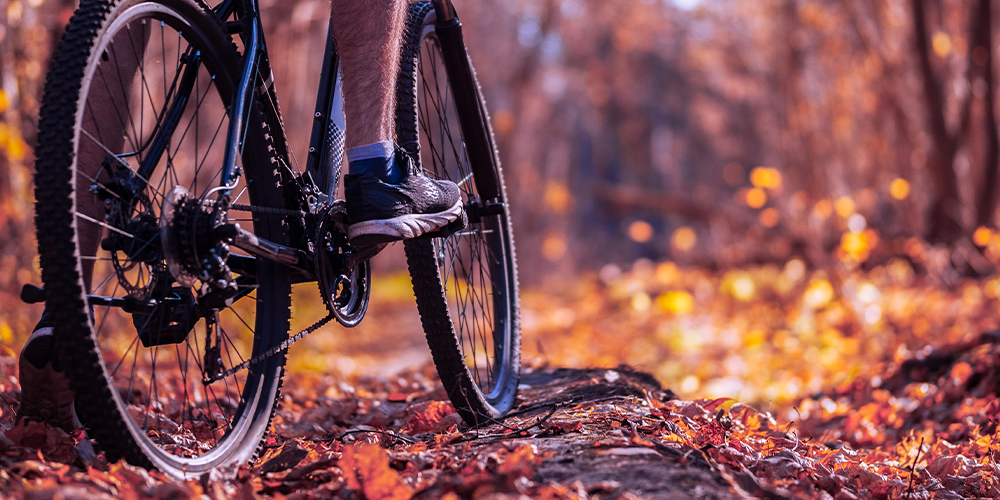
September marks the transition from summer to autumn, a critical phase for triathletes, cyclists and runners preparing for fall competitions. This phase often coincides with the peak of fitness before the target competition. In this article, we provide five valuable tips on how endurance athletes can best cope with this seasonal transition in their training.
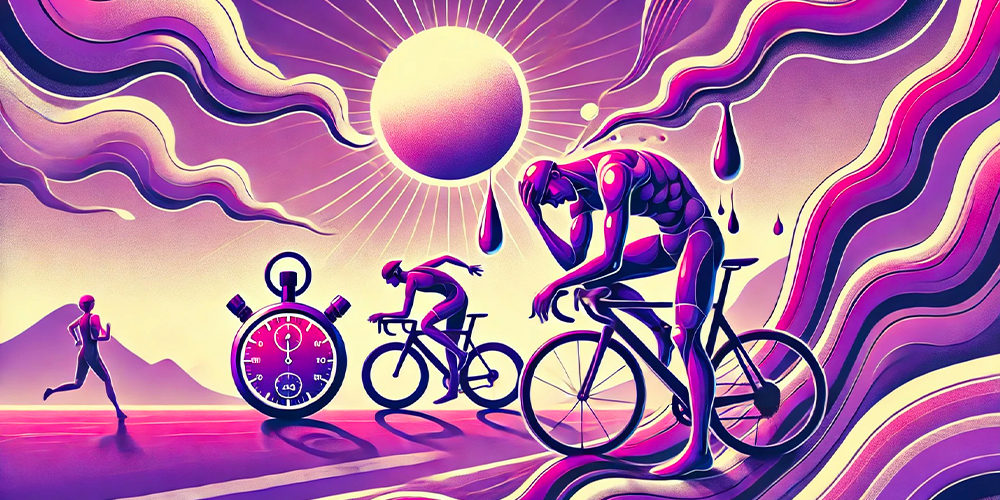
Summer heat can put a significant strain on our bodies. This is because high temperatures make it harder to achieve training goals and pace targets, as we have to exert more physical effort. In this article, we’ll take a closer look at the effects of summer heat on cycling and triathlon performance.
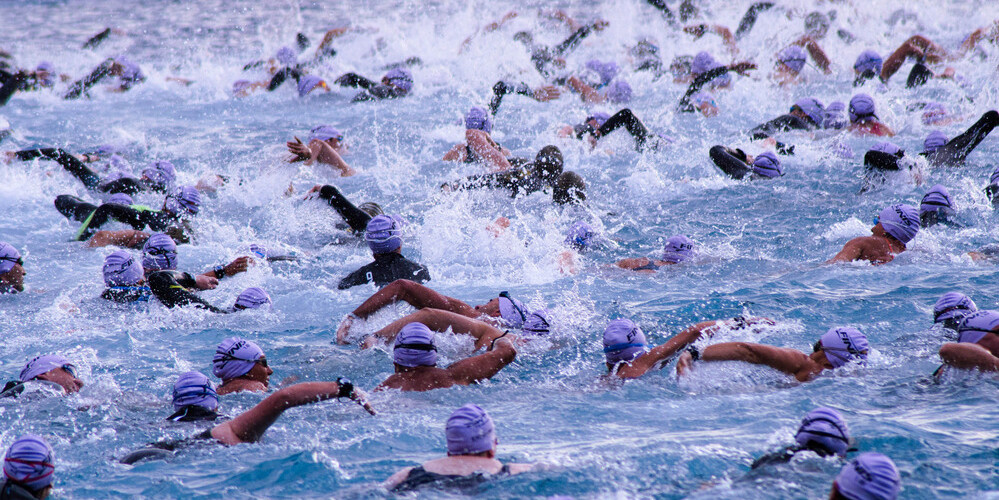
When hundreds or even thousands of neoprene figures plunge into the water at the same time at the start of a triathlon, a lack of space and breath is guaranteed. Here are the best tips.

To achieve specific results and improve your sporting performance, it is best to know your training zones and then train in the appropriate zone. This article outlines the 5 most frequent mistakes when defining zones and gives advice on how to avoid them.
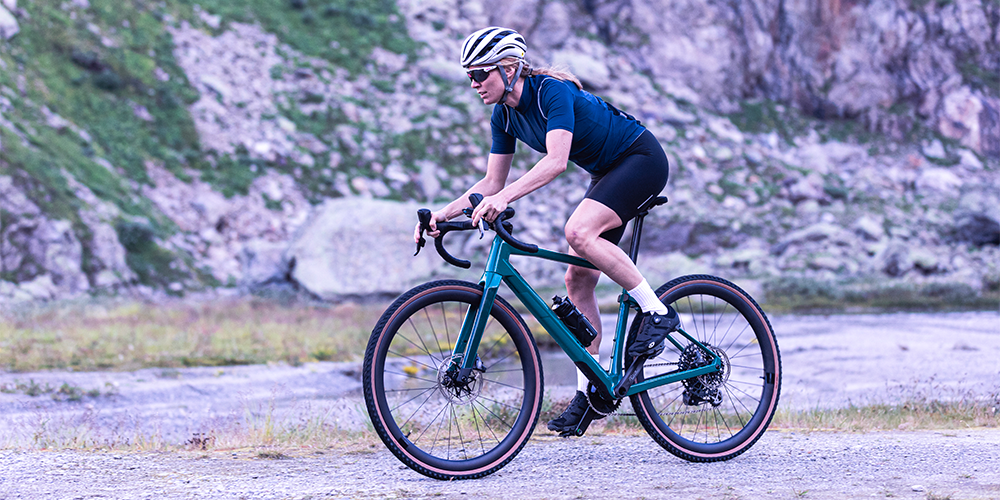
For endurance athletes, the winter season usually coincides with the so-called ‘base training’ phase. During this period, we work on the foundations of training in view of the planned main competition. In this article we describe what base training is, why it plays a key role in athletic preparation and how it is integrated by 2PEAK into the training plan.
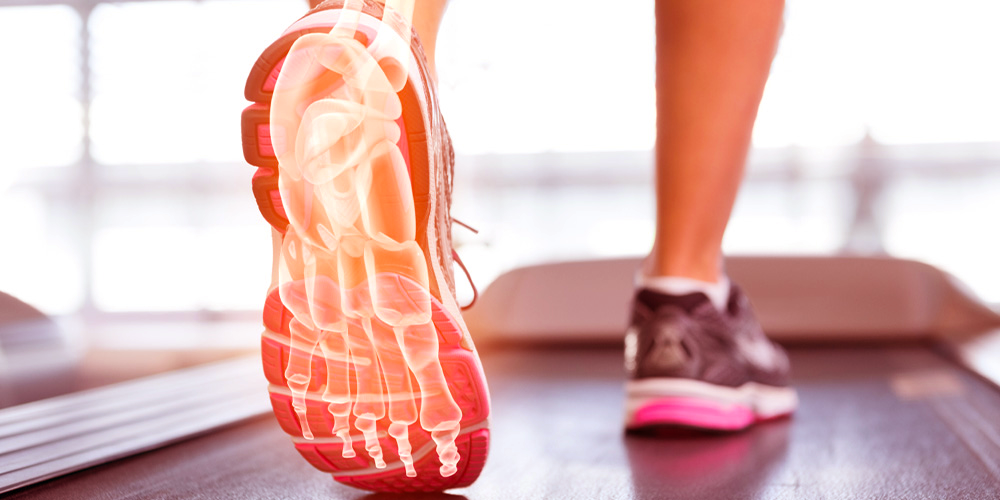
If pronation is excessive, you run the risk of experiencing pain in your feet, knees or spine. You can prevent this problem with the right shoes.